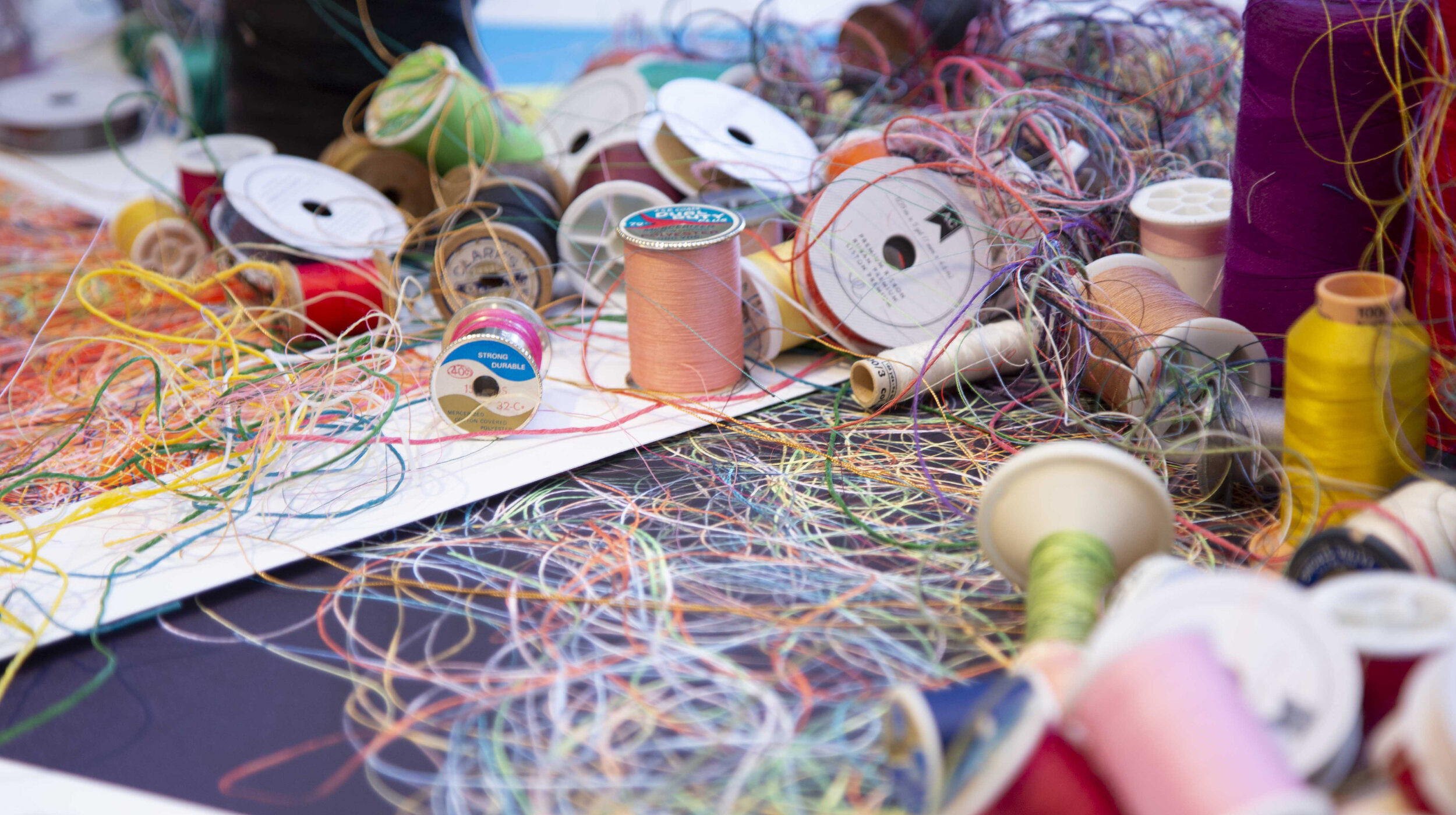
BLOG
FROM FARM TO CANVAS: Painting the Rural Landscape Slant
I live in a very rural part of New York State surrounded by farms. The landscape influences my work, but not always in the ways you might imagine. I pass this farm on a back road to the next town. I have stopped a few times to photograph it. What I really love is how the corn crib looks in front of the silo. It is a curved grid in front of a curved grid. In this photo it appears quite abstract. I love a subject that is completely real and seems completely abstract.
THE GRID PROJECT - PART THREE : Translating into Paint
From the start, I knew that I wanted to make paintings from the broken television "grid" photographs, but they posed a lot of technical difficulties. To begin with, I paint in oils. Making a clean stripe in oil is more difficult than with acrylic paint. With acrylics you can mask out your stripes with tape and then seal it with a clear acrylic layer, then add your color and it won't bleed. That pretty much insures that you will have a sharp edge.
ABSTRACT OR REPRESENTATIONAL : Depends on the Source of the Light
My paintings are about light.
When I paint representationally and I am about the business of rendering light, I often choose a subject that is backlit. It seems to offer the most extensive and complex qualities of light - light on a surface, passing through a surface, reflecting off of a surface, often highlighting transparency, translucency, reflection, or glitter.
18TH CENTURY JAPANESE SCREEN
Several years ago as I crossed the Mall in Washington on my way back to my hotel, I decided I had to duck into the Freer Gallery of Art and Arthur M. Sackler Gallery, part of the Smithsonian, and see the Asian work there. On display was the Price Collection, on loan from Los Angeles. The first piece I saw as I entered the exhibition was "Pine and Plum Trees in Snowstorm" by Katsu Jagyoku, the 18th Century Japanese artist.
The room was dimmed and soft light fell on an enormous screen with branches and falling snow. I felt completely enveloped by the piece. I had both a calm and emotional response to it, a feeling that has stayed with me to this day.
GOYA ON GARBAGE
The last time I was a resident at A.I.R Vallauris in 2008, I left a box of materials. This time I decide not to take any materials with me and to just make use of what is in the box and whatever I find in the street. I have two notions about how to use my time. One, is to experiment, respond to the moment and not plan everything out. The other is to look at Goya's paintings and see if there is a way to distill their essence into something abstract. I didn't expect to do these two things together. When I open the box, I have plenty of paint, some brushes, and several pieces of 300 lb Fabriano watercolor paper. But what really excites me, is the box itself. It sat in a dry shed for eight years. The cardboard is soft and no longer has much structural strength. One side is white. I tear off one of the flaps and start painting.
JUST ANOTHER OCEAN
As a child during my summers at the beach, I spent many hours contemplating the ocean; watching the color change from gray to azure blue, and the surface from turbulent to the flatness of a polished mirror. This time of observation felt purposeful, as though, if I sat long enough I could penetrate its meaning or more accurately, its being. How the ocean looked attached itself to a mood and an atmosphere. It felt as though it had meaning apropos of nothing. How something looked was important. It struck a deep chord in me. The most "important" looks were the ones that I was least able to describe. I think that is why now I spend so much time trying to paint the un-paintable: hoar frost, silvery light, light reflected off of surfaces.
EVERYTHING IS REAL
EVERYTHING IS REAL is a group of paintings that are both abstract and representational. Each image in the series exists in the real world – an old board of insulation, an industrial garage door, a silo and corn crib, a track in the mud and wrapped cargo on pallets.
At the same time, each has been composed to accentuate the inherently abstract qualities of the reflective surfaces and their interplay with light.








